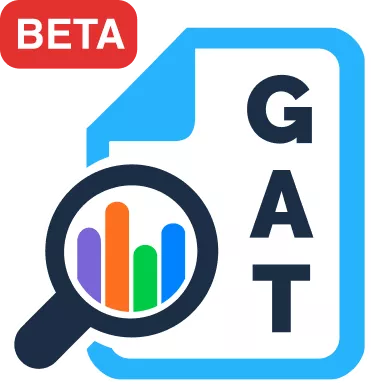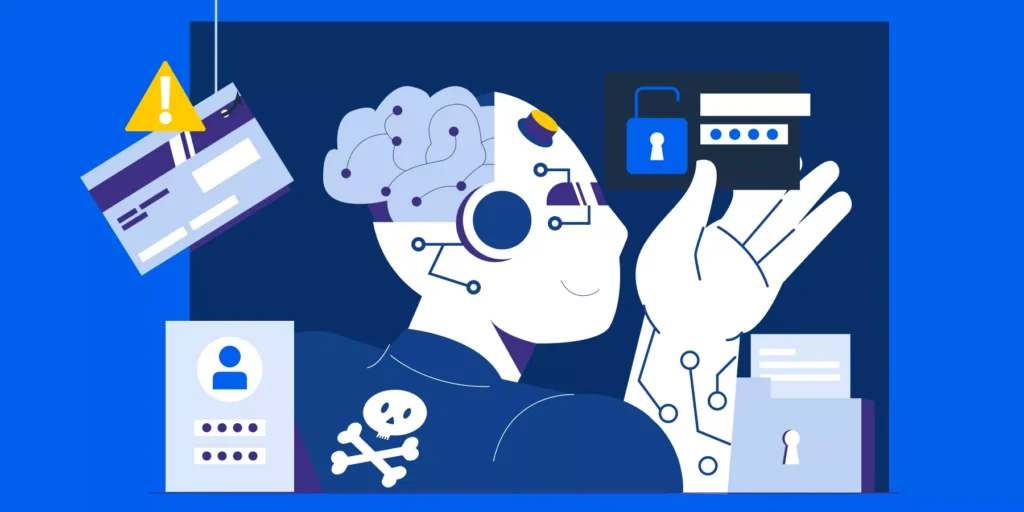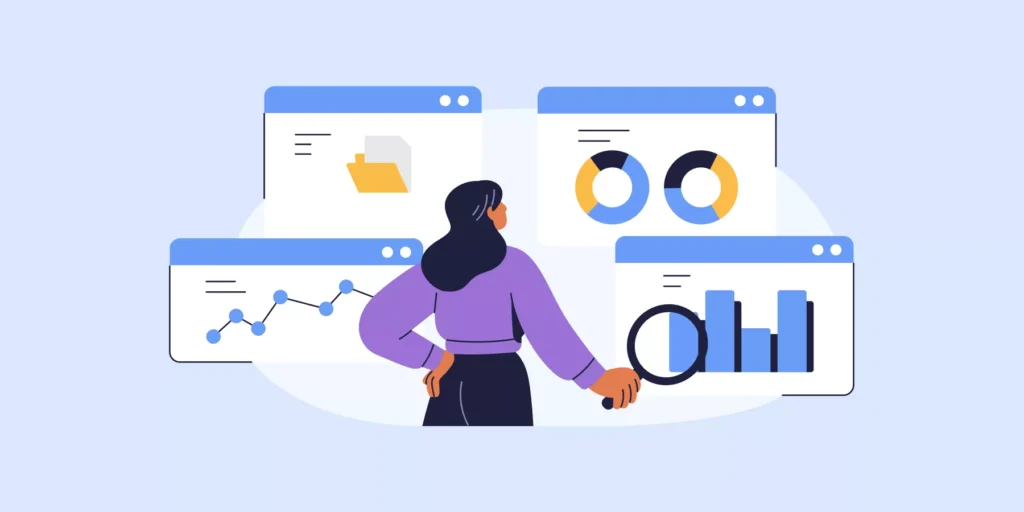As we continue our journey through the essential aspects of Google Workspace auditing, it’s time to turn our attention to a crucial component that often serves as the backbone of any organization’s collaborative efforts—Google Drive and Shared Drives.
In this 5th installment of our series, we explore how Drive audit can significantly improve your security posture and ensure the integrity of your organization’s data.

The Growing Need for Drive and Shared Drives Auditing
Drive and Shared Drives have become the central hub for collaboration within organizations. A study found that 95% of employees use cloud storage solutions like Drive daily to store and share files.
However, this growing popularity also introduces security risks. Shadow IT and external sharing are becoming increasingly common, potentially leading to unauthorized access and data leaks.
A recent report highlights the severity of data breaches: the average cost reached a record high of US$4.45 million in 2023. Effective Drive and Shared drive auditing is crucial to mitigate these risks.
What to Audit in Drive and Shared Drives
- 1. File/Folder Permissions: Just like guarding a fortress, understanding who has access (owner, editors, viewers, commenters) and their permission level for all files and folders is vital. Restrict access based on the principle of least privilege – users should only have the access level necessary for their tasks.
- 2. External Sharing: This is where things can get tricky. Unlike internal sharing, Google doesn’t maintain an audit trail for comments in externally shared files. Therefore, it’s crucial to identify files and folders shared with external users and meticulously analyze their access level.
- 3. Unused/Inactive Drives and Users: Think of these as forgotten corners in your digital storage. Identify and address inactive user accounts (AU Accounts) and unused drives with access to sensitive data. Consider setting access expiration policies to automatically revoke access for dormant accounts, preventing potential security vulnerabilities.
- 4. Suspicious Activity: Ever wondered ” Who accessed a critical document without authorization?” Google Vault’s audit logs are your answer. Leverage them to track file access, edits, deletions, and ownership changes. This allows you to detect any anomalies that might hint at suspicious activity.
Conducting the Drive and Shared Drives Audit
Now, let’s explore how to get your hands on this valuable audit information:
- 1. Native Tools: Google Drive offers a basic activity dashboard and sharing settings that provide a high-level overview of activity within your domain. While helpful for a quick check, it’s not enough for a comprehensive audit.
- 2. Google Vault: This is where the real power lies. Google Vault is your comprehensive auditing toolkit. It empowers you to search based on keywords, file types, owners, and date ranges. Imagine finding that specific spreadsheet you haven’t seen in years, or identifying a user who’s been accessing files they shouldn’t have!
- 3. Enhanced Auditing with Third-Party Tools: Don’t settle for basic audits! Third-party solutions can unlock a wealth of insights beyond Google Vault’s capabilities. They can provide deeper data analysis, streamline workflows with automation, and empower you to make data-driven decisions to optimize your Drive and Shared Drive security posture.
Turning Insights into Tangible Security Improvements
But what do you do with this information? Here’s how to turn it into actionable insights:
- 1. Revoke Access for the Inactive: Remember, those unused accounts and external collaborators who no longer require access? It’s time to revoke their access and tighten your security posture.
- 2. Classify Your Data: Not all data is created equal. Implement data classification policies to categorize sensitive information and restrict access accordingly. A multi-layered approach helps ensure the right level of protection for your most valuable assets.
- 3. Regular Access Reviews: Don’t let permissions become stale! Schedule periodic access reviews to reassess user permissions and identify potential oversharing. This proactive approach helps prevent accidental leaks and ensures your data stays secure.
- 4. DLP to the Rescue: Data Loss Prevention (DLP) rules can be your secret weapon. Configure DLP rules to prevent sensitive data from being accidentally shared externally. Think of it as a safety net that catches any potential missteps before they become major security incidents.
Dive Deeper with Our “10 Essential Steps Guide to Google Workspace Auditing”
Navigating the complexities of Drive and Shared Drives auditing requires a comprehensive understanding of the tools and strategies at your disposal. To empower Google Admins in enhancing their security posture, we’ve compiled the “10 Essential Steps Guide to Google Workspace Auditing.”
This invaluable resource offers step-by-step instructions and practical tips, focusing on the effective use of your Google Admin Console and the powerful enhancements provided by GAT Labs’ tools.

Why This Guide Is a Must-Have:
- 1. Foundational Knowledge: Understand the core functionalities and security settings available in your Google Admin Console, laying the groundwork for effective auditing.
- 2. Advanced Auditing Techniques: Discover how GAT Labs’ suite of tools can take your auditing capabilities to the next level, offering deeper insights, proactive monitoring, and the ability to take direct action on your findings.
- 3. Practical Tips and Strategies: From setting up the right sharing permissions to using advanced search filters for thorough investigations, this guide covers the essential tactics to secure your Google Workspace environment.
🔔 BONUS: Take Control of Your Audits! Download Our Free Google Workspace Auditing Task List. A game changer for any Google Admin.
Remember, a successful audit is more than just gathering data. By taking these insights and implementing the recommended actions, you can proactively manage your data security and minimize risks. This is an ongoing process, so make sure to establish a consistent auditing program as part of your overall data governance strategy.
Stay tuned for the next installments in our auditing series, where we’ll keep exploring the world of security and compliance!
Insights That Matter. In Your Inbox.
Join our newsletter for practical tips on managing, securing, and getting the most out of Google Workspace, designed with Admins and IT teams in mind.







